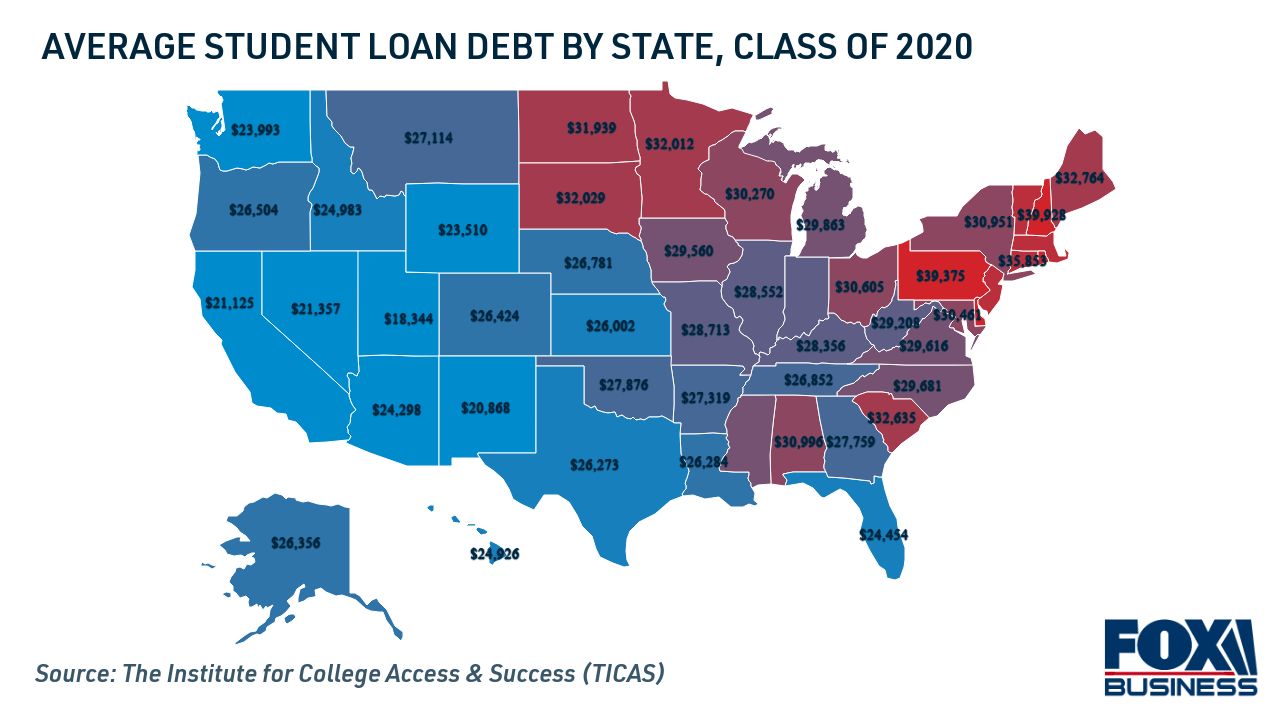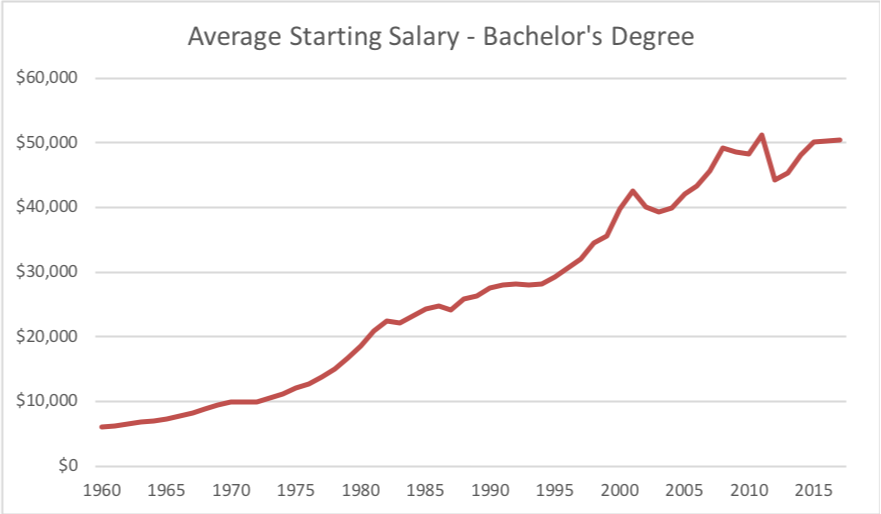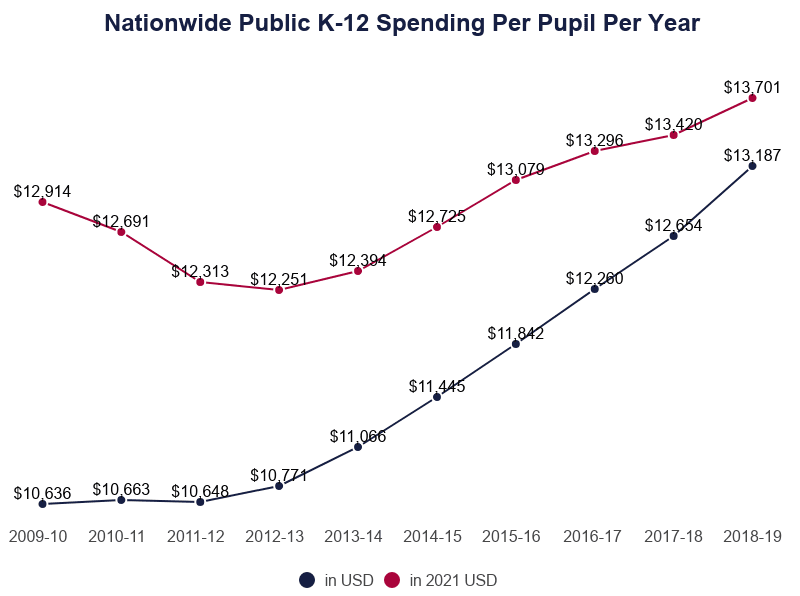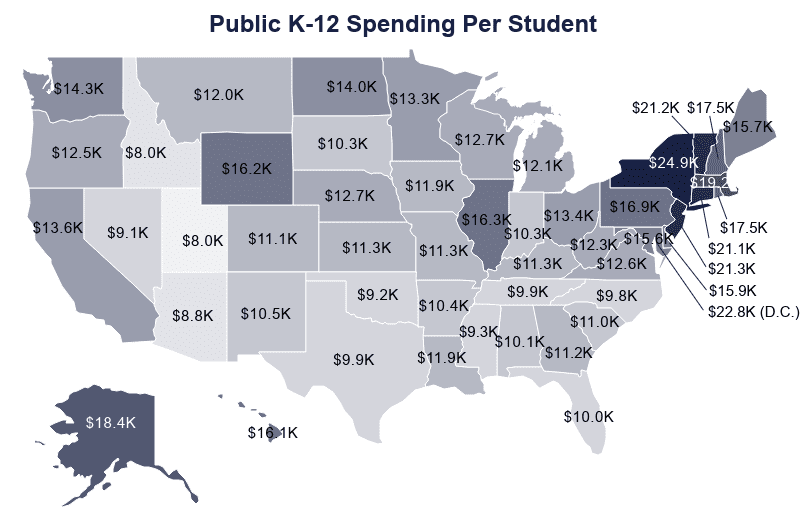Throughout this blog post, Education in America has been the topic being discussed. From its flaws, to teachers, to the money, to stereotypes, so much has been talked about. To wrap up this blog, I would like to talk about the things that education does for us – the good. Without an education, almost all of us, if not everyone, would not be where we are today. Sometimes we forget how lucky we are to have an education system in the United States that lets us learn so much. In other countries, they do not have this privilege. “Of the worlds 787 million children of primary school age 8% do not go to school. That is 58.4 million children.” (Our World in Data)
As the quote above says, so many children do not have the privilege to an education. In the United States, most children attend a well-funded school that provides for a well setup future and the option to go to college or pursue some type of higher education. In college, it is a privilege to have so many majors and classes to study. In schools, we are constantly socializing. Pearson Accelerated states, “Mental health workers and researchers have found that we can support our mental health by connecting with others, developing a sense of meaning or purpose, building coping skills and having a goal or hobby. One way to engage in all of these activities is through learning and education. Research shows that education can improve mental health by broadening your intellectual, social and emotional horizons. Attending school can also expand your knowledge, help you meet new people, further your goals, improve your career and even help you build better coping mechanisms.”

For most of us, I can say that education has shaped our entire lives. At this level, education has provided us with friends, different perspectives, leadership positions, knowledge, opportunity, and so much more. If I did not have an education, even at a young age, I could not imagine what my life would have consisted of. Especially when you are younger, education and school is the primary way to make friends. Although education in the United States has its flaws, these benefits are only some of the many that we receive. Martin Luther King Jr. once said, “Intelligence plus character, that is the goal of a true education.” (The Washington Post) It is so important to remember how important our education is to us. Throughout this blog, I hope that you learned more about Education in the United States flaws, benefits, and all that is in between.
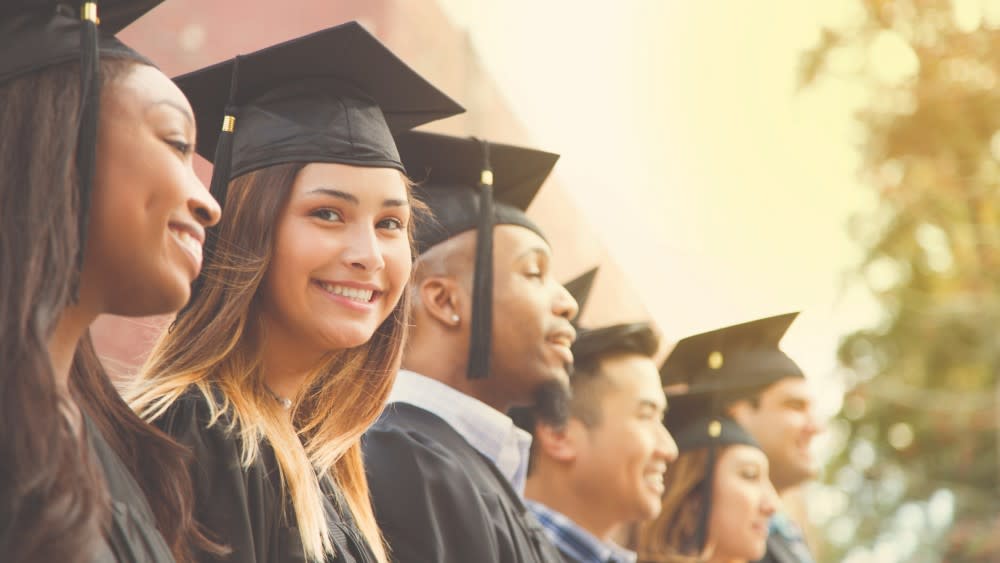
Sources:
https://ourworldindata.org/children-not-in-school
https://www.pearsonaccelerated.com/blog/education-boosts-mental-health/





